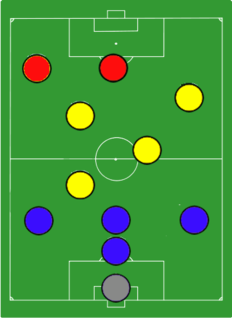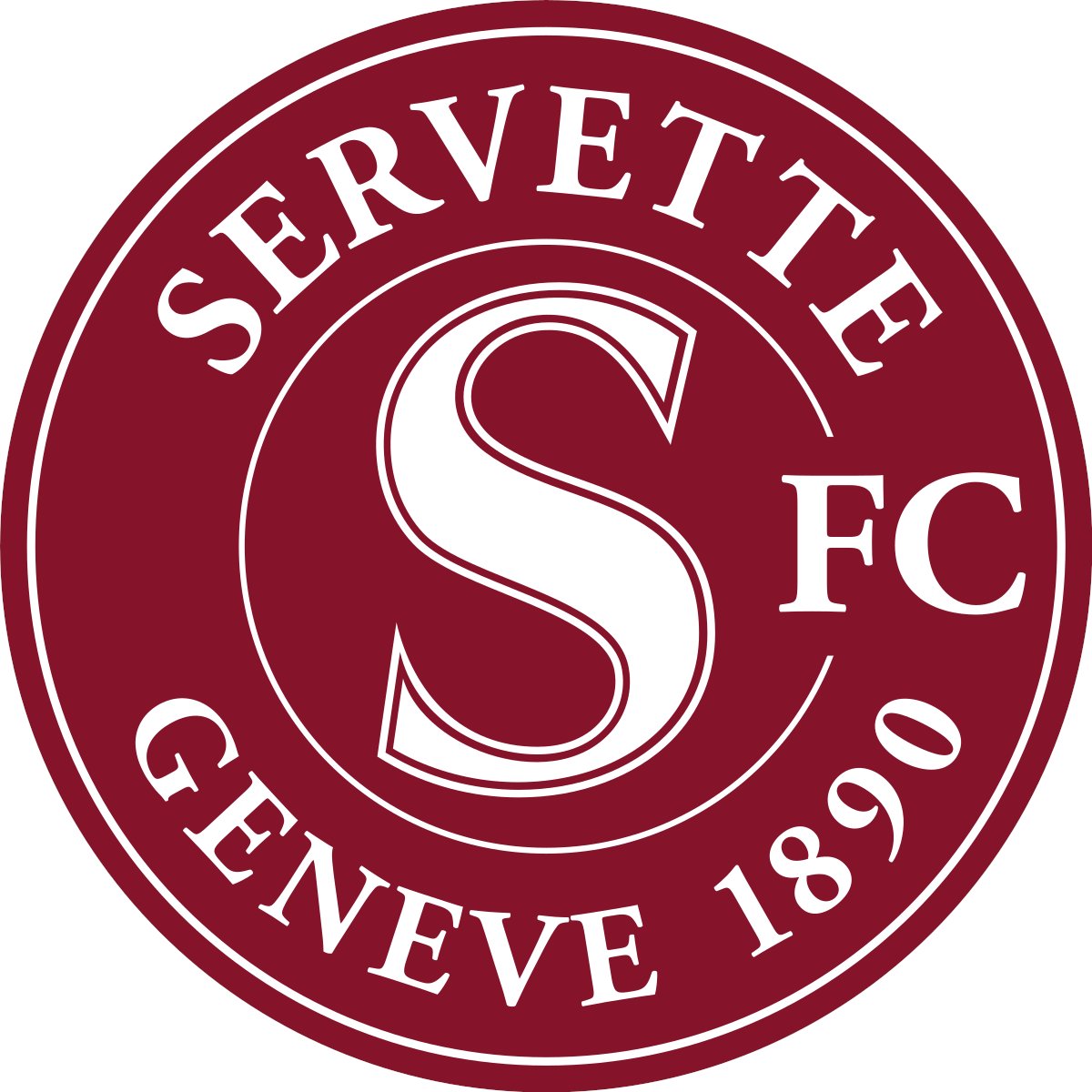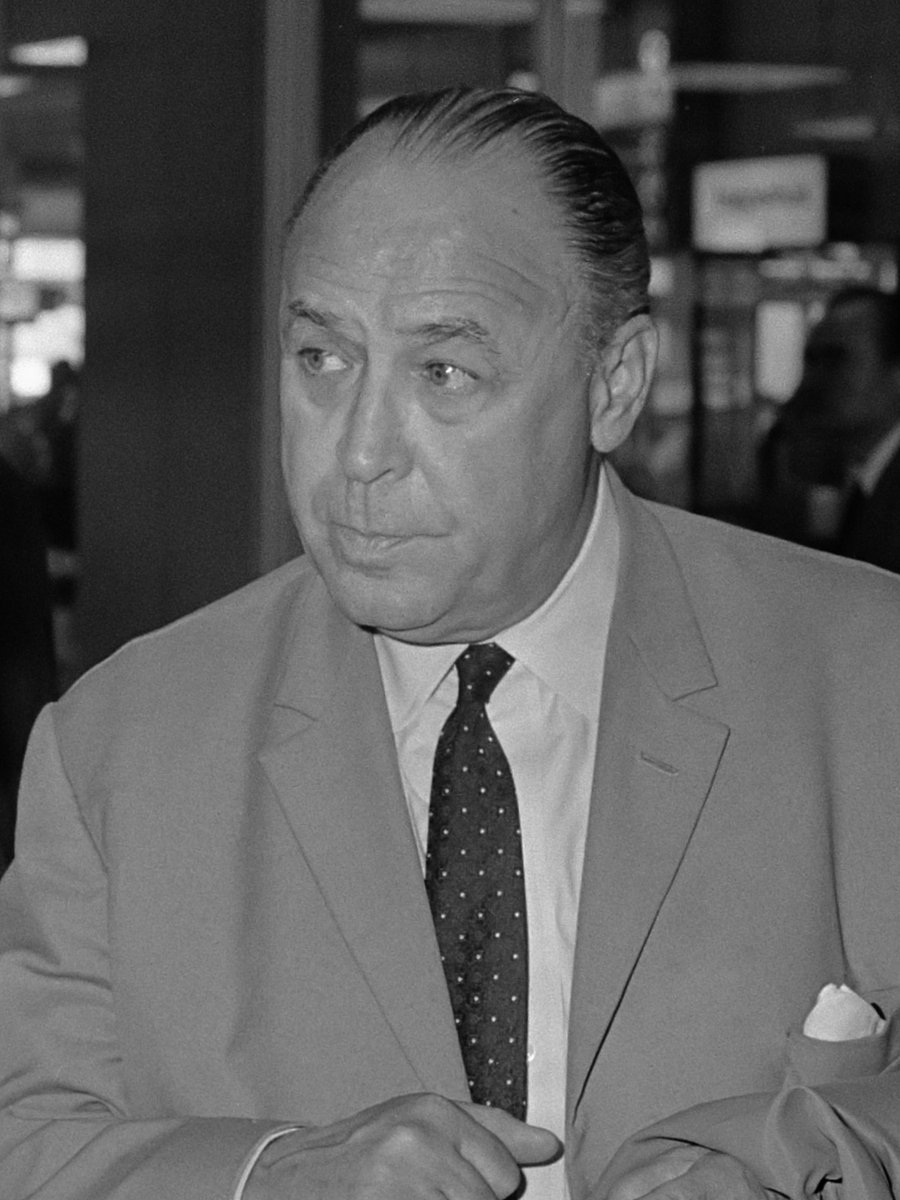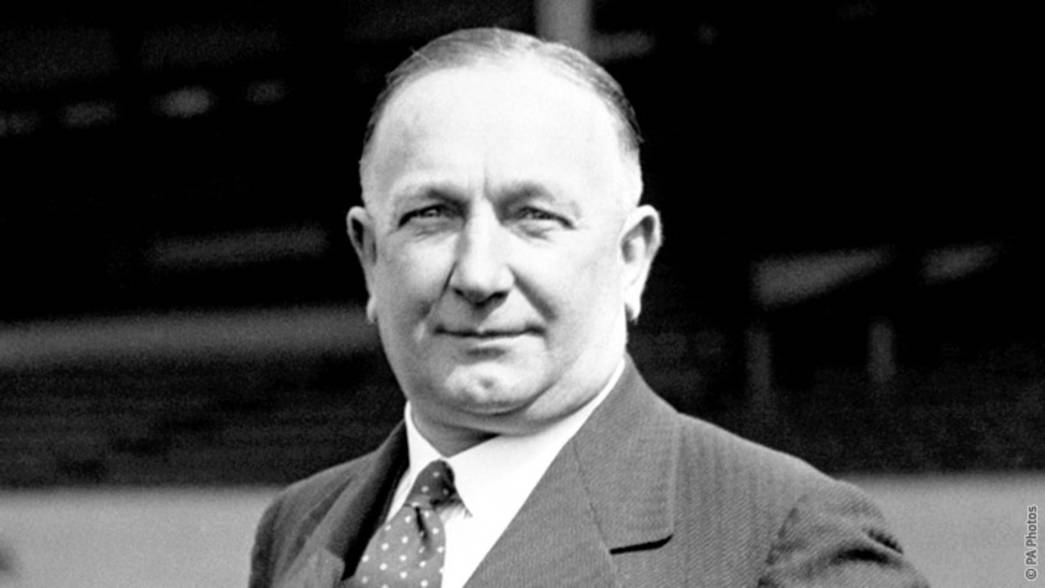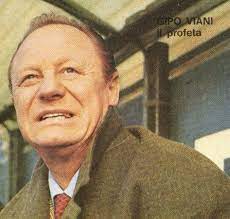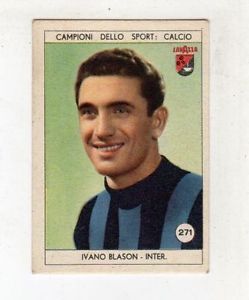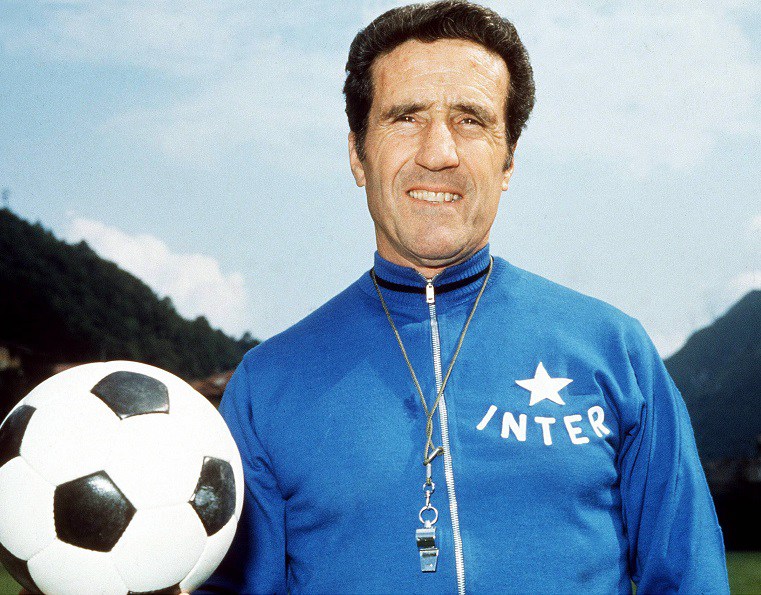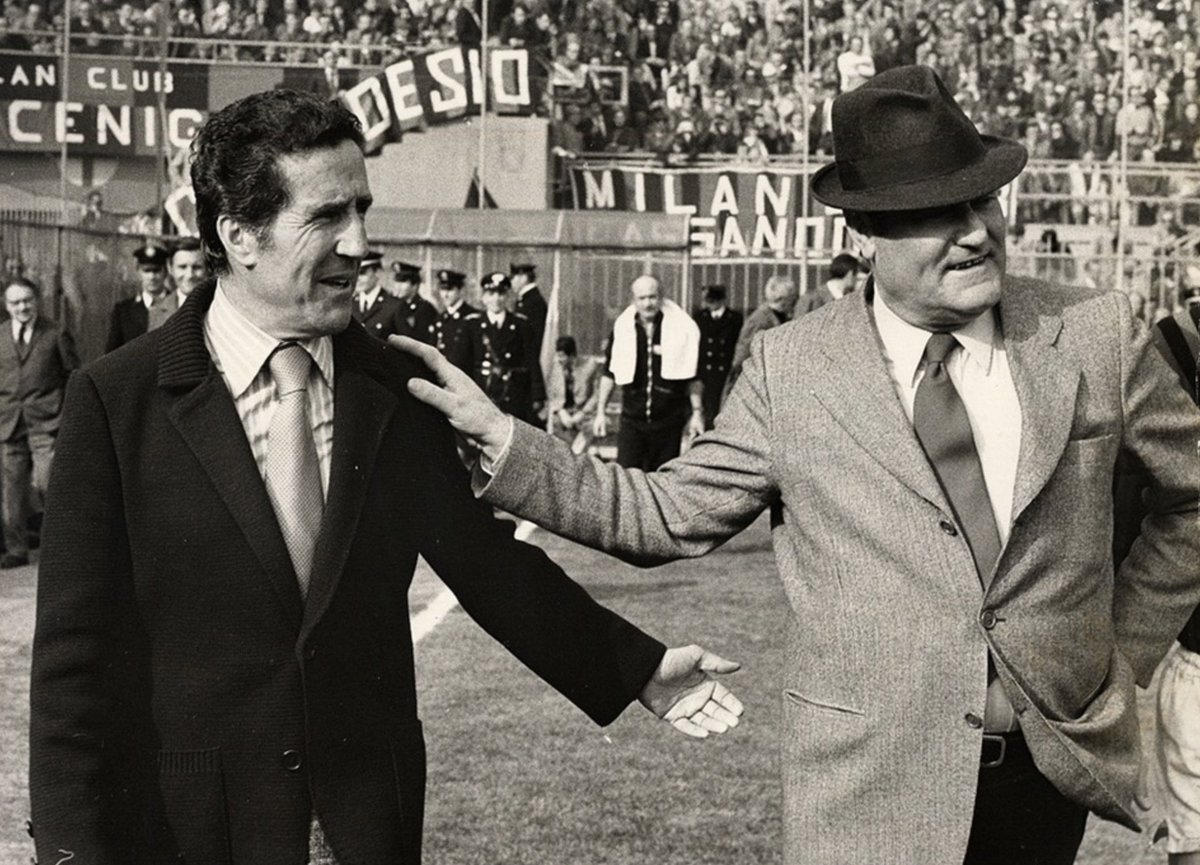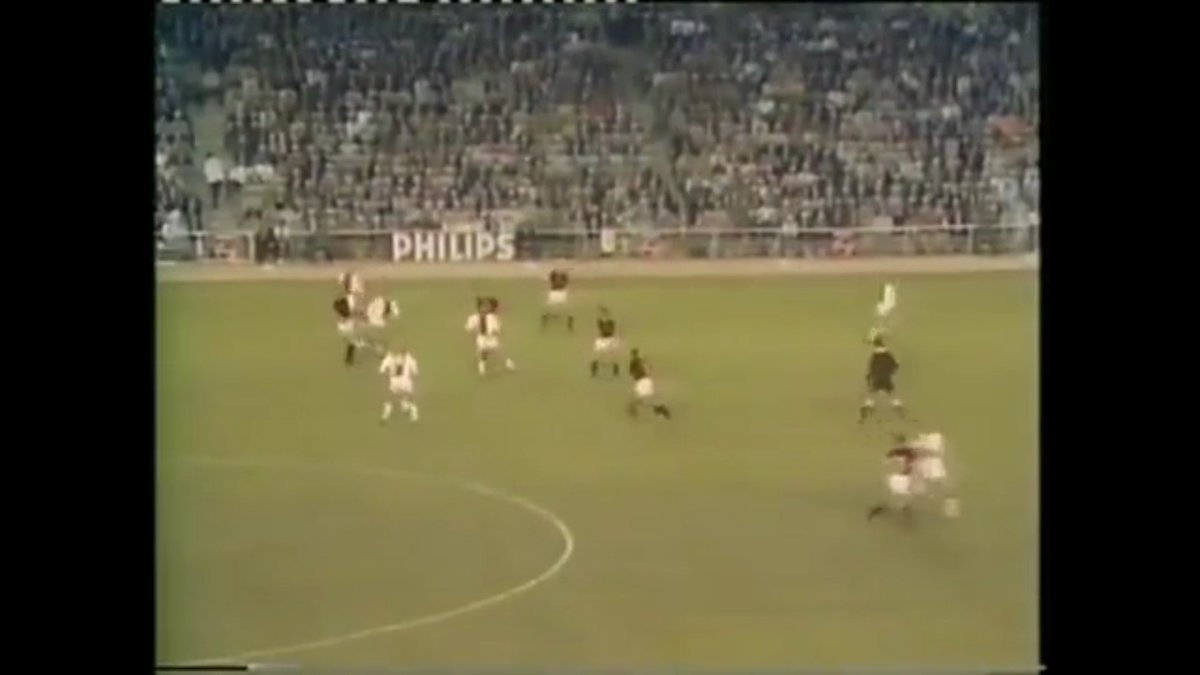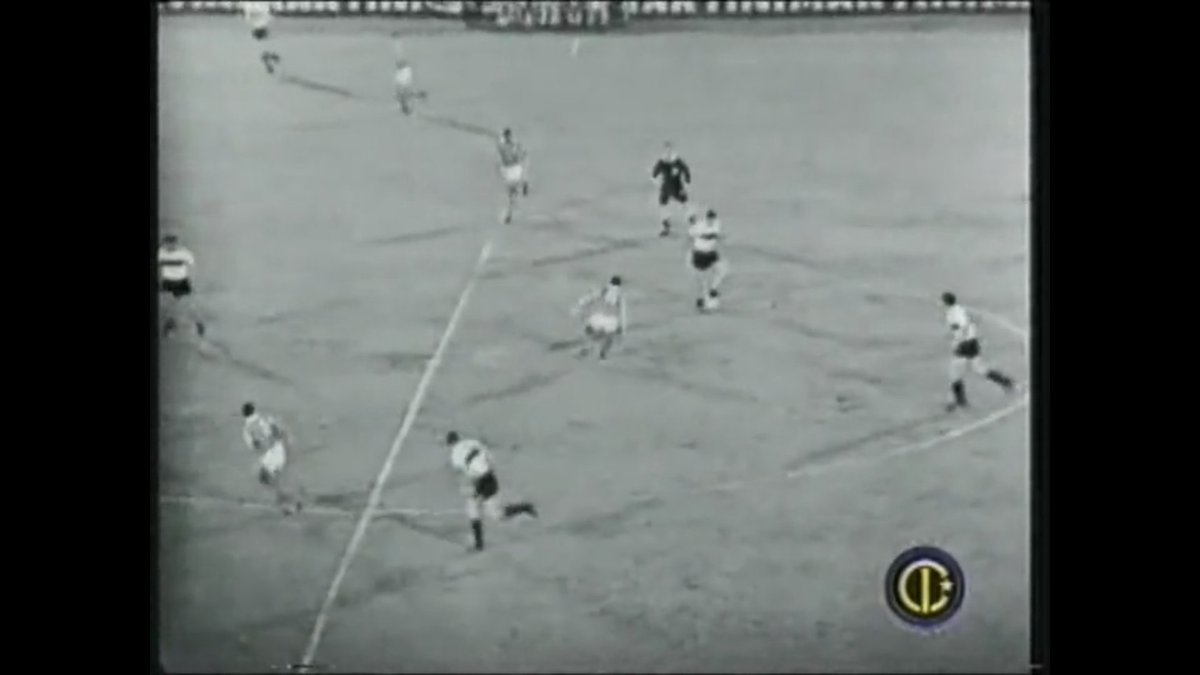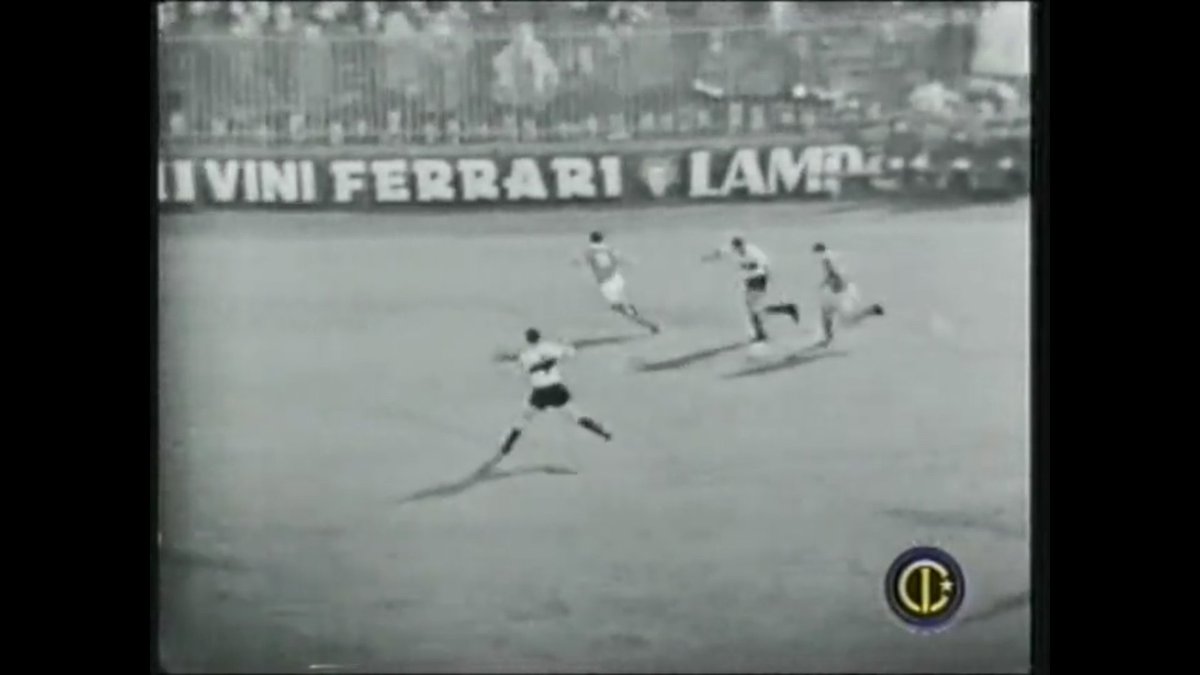TACTICS RE-VISITED: CATENACCIO
So like I hinted last week about a new thread coming up it was to signal that I was planning to start a series of thread where I speak about different tactics that have been used/are in use.
And I start off with Italy’s favorite tactics: Catenaccio https://twitter.com/keralista/status/1387783707021352971">https://twitter.com/keralista...
So like I hinted last week about a new thread coming up it was to signal that I was planning to start a series of thread where I speak about different tactics that have been used/are in use.
And I start off with Italy’s favorite tactics: Catenaccio https://twitter.com/keralista/status/1387783707021352971">https://twitter.com/keralista...
Catenaccio is always associated with negative or defensive football and some of today’s generation stereotypes “park the bus” as part of Catenaccio.
CATENACCIO: THE TERMINOLOGY
Catenaccio in Italy refers to a chain that is used to bolt the door of a house. In essence Catenaccio referred to the defensive element of football that swamped Italian football in the 50s and peaked in the 60s.
Catenaccio in Italy refers to a chain that is used to bolt the door of a house. In essence Catenaccio referred to the defensive element of football that swamped Italian football in the 50s and peaked in the 60s.
EVOLUTION
Catenaccio however did not originate in Italy but in Switzerland. Austrian professional Karl Rappan was assigned to take over Swiss local league team Servette.
Catenaccio however did not originate in Italy but in Switzerland. Austrian professional Karl Rappan was assigned to take over Swiss local league team Servette.
Servette was filled with players who were semi-professional players and did not possess physical or technical skills the better teams had and therefore Rappan had to find a way.
In 1925 the F.A passed a new amendment to the offside rule, the 2 player rule which gave rise to the famous WM formation devised by famous Arsenal and Huddersfield Manager Herbert Chapman
In 1930’s when Rappan took over Servette the W-M formation was rampant in Swiss football and as mentioned earlier Servette couldn’t compete against the professionals
So Rappan had his half-wing players (Mezzala called in Italian) play alongside the 2 full backs who became Center-backs when the half backs retreated. This system was famously called as the ‘Verrou’.
The most interesting development of the Verrou was the spare man at the back. Whichever flank the opposition attacked Servette from the Half-wingers and the Full back converted Center-Back would man mark their opponents leaving a spare man
In the center to sweep up in case the ball got past the defnese. This spare man was called as the Verroullier or Libero as it was called in Italian. Cesare Maldini, Franz Beckenbaur, Armando Picchi are some of the famous Libero’s in football.
Rappan became the coach of Switzerland and employed the Verrou and got results in the 1938 World Cup but still the Verrou had not been mainstream.
A similar system, independent of Verrou sprang up in USSR. A team called as Krylya, a newly created team were promoted to the first division in 1945. They came up against technically superior sides such CDKA and Dinamo Moscow and used to get beaten by big scores
This forced their coach Abramov to employ a conservative strategy by having a full back drop deep and have a center-half sweep behind full backs. A different method to Verrou but similar approach. But even then Catenaccio was seen as tactics used by inferior teams
RISE OF VIANEMA AND CATENACCIO
The Swiss had left a lot of influence on Italians during the war and it extended to football. A few teams started to use the Verrou but the one who found success with it originally was Gippo Viani, then coach of Salernitana.
The Swiss had left a lot of influence on Italians during the war and it extended to football. A few teams started to use the Verrou but the one who found success with it originally was Gippo Viani, then coach of Salernitana.
Viani’s explanation was that he got the idea of using a sweeper to clear lose balls behind the defense while watching fisherman using a spare net to catch the fish on the docks
While Viani was busy executing his ideas, a native of Trieste Nereo Rocco was coming through the ranks of Serie B. With Catenaccio he had taken his native Trieste to top 4 finishes and Padova to promotion and decent finishes with Catenaccio.
Catenaccio was known as the “right of the weak” mostly because until Inter in 1956 none of the historical top teams used Catenaccio. Alberto Foni who coached Inter then won the League winning 6 consecutive ganes 1-0 and came under fire from the press.
He used the legendary Ivano Blason as a sweeper and introduced the concept of a “tornati” aka a winger who tracks back and helps out in defense
CATENACCIO AT MILAN
In 1961, Viani persuaded then Padova coach, Rocco to take over at Milan due to Viani’s failing health. Rocco would take over at Milan and with Catenaccio he would win the 1961/62 Scudetto and most importantly the 62/63 European cup against Benifica
In 1961, Viani persuaded then Padova coach, Rocco to take over at Milan due to Viani’s failing health. Rocco would take over at Milan and with Catenaccio he would win the 1961/62 Scudetto and most importantly the 62/63 European cup against Benifica
In his team he housed a Libero in the great Cesare Maldini, a proactive defensive midfielder in the form of Giovani Trappatoni, A very intelligent striker in Altafini and most importantly he had The golden Boy Gianni Rivera.
Rivera was the link between the defense and attack. Once they got the ball back they would pass to Rivera who would launch quick Counters.
To read more on Milan and Rocco https://twitter.com/keralista/status/1327189099061547008?s=20">https://twitter.com/keralista...
CATENACCIO AT INTER
If Milan introduced Catenaccio to Europe, Inter sealed its legacy. One of the most famous and notorious practioners Inter and their manager Helenio Herrera was reviled by players and coaches outside Italy
If Milan introduced Catenaccio to Europe, Inter sealed its legacy. One of the most famous and notorious practioners Inter and their manager Helenio Herrera was reviled by players and coaches outside Italy
A perfectionist and sometimes eccentric personality, Herrera controlled everything at Inter. He controlled players diets, their training, nutrition and introduced the Ritiro where players were locked up inside the training ground 3 days before the match.
Herrera was not a coach who used catenaccio at first but was inspired by Rocco after Milan drubbed Inter 3-0 risking Herrera his job.
Herrera then reverted to a Catenaccio which today’s generation would refer to as the 3-5-2 formation most notably used by Conte. Herrera used this to win 2 consecutive trophies until he was beaten by Jock Stein’s Celtic 2-1 which was regaled as the victory of attack over defense.
In the end Herrera’s strength became his weakness and Inter disintegrated after the 67/68 season and Herrera left for Roma.
TACTICAL ANALYSIS
Catenaccio as a tactic was initially used by teams that could not physically or technically match until it reached Italy.
Catenaccio as a tactic was initially used by teams that could not physically or technically match until it reached Italy.
Now before the arrival of Total Football and the concept of Zonal marking introduced by the Dutch in Europe, man marking was widely used.
In Catenaccio, with the use of the Libero the defending team had a spare man to sweep up any loose ball or any player who beat his marker. This came at the cost of a spare man in attack
Catenaccio was all about players marking their players tightly, not allowing space and force them to play horizontal passes. According to Rocco if you make a mistake making a horitzontal pass you concede a goal
Using Milan as a specimen, here we can see tight man marking by Milan denying any space to Ajax in their European cup final in 196
Here we can see Ajax’s Danilsson beating his marker but cannot beat Milan’s Libero.
In terms of attack Catenaccio was all about quick counter attacks. Back when the W-M formation was used extensively wingers did not track back to midfield to help in defense. When teams used to get the ball they would launch quick counters and score goals.
Here is a counter attack goal by Piereo Prati vs Ajax
For Milan the creative force was Gianni Rivera and for Inter it was Luis Suarez (Spanish player). Intelligent playmaker who could operate between the lines of any defense they would make themselves quick passing options for their team mates to find and launch quick vertical balls
However Rocco and Herrera had different approaches to their styles of play. Rocco had 1 sweeper back and 2 stopper backs in front of the Libero. Either one of the inside forwards (Dino Sani/Lodetti) would drop to prevent the overload in the central areas.
Herrera was more defensive. He had a sweeper back Armando Picchi, accompanied by 3 full backs in Fachetti, Guarneni and Burgnich. Whenever Inter lost the ball, Inter’s Right wing half would act as a tornati and drop in as a modern RWB making it a 5 at the back
Whenever Inter had the ball Fachetti and Jair would burst forward in the wide areas preferring to run at defenders and cutting on their
Below you can see Fachetti making a run while in the next picture Jair dribbling past 2 players
Below you can see Fachetti making a run while in the next picture Jair dribbling past 2 players
One thing that Herrera and Rocco agreed on was that horizontal football was a complete waste of time and wanted to launch quick vertical passes to their forward players.
“DEATH” OF CATENACCIO
When Ajax beat Inter in 1972 European Cup Final with Total Football the Dutch newspaper celebrated it as the death of Catenaccio.
When Ajax beat Inter in 1972 European Cup Final with Total Football the Dutch newspaper celebrated it as the death of Catenaccio.
What happened was that with many teams copying Catenaccio, its weakness became prevalent. The Midfield can get overloaded.
Here we can see that when played against a team playing W-M formation the front 3 goes against the opposition ‘s 3, the inside forwards up against the opposition’s half wingers then the team’s Center half will be overloaded by the opposition’s inside forwards in a 2v1.
Initially Rappan solved it by defending with a deep line but with Total Football using Zonal marking and beating man marking Catenaccio was slowly getting outdated.
DIFFERENCE BETWEEN CATENACCIO AND PARKING THE BUS
Ever since Jose Mourinho coined the term “parked the Bus” and parked it against Barcelona in 2010 people tend to associate Catenaccio to parking the bus which is not the case
Ever since Jose Mourinho coined the term “parked the Bus” and parked it against Barcelona in 2010 people tend to associate Catenaccio to parking the bus which is not the case
As we can see the main idea behind parking the bus is to stay narrow and stay horizontally packed in order to deny any space to the opposition. They also do not press their opponents in order to not concede space to the opponent.
ZONA MISTA
As mentioned earlier, the central overload meant catenaccio was getting outdated and coaches were trying to fix it. Finally one of the disciples of Nereo Rocco, Trappatoni found the solution
As mentioned earlier, the central overload meant catenaccio was getting outdated and coaches were trying to fix it. Finally one of the disciples of Nereo Rocco, Trappatoni found the solution
Using a combination of Zonal and Man Marking they were able to neutralize Man Marking. This tactic was called as the “Zona Mista” or the Giocatore Al’ Italiana (Game of the Italians)
Catenaccio evolved and became Zona Mista. Trappatoni won the 1985 European Cup with Zona Mista and Italy won the 1982 World Cup with Enzo Bearzot as coach beating the 4-2-4 of the Brazilians.
BIBLIOGRAPHY
Inverted Pyramid by Jonathan Wilson
“Catenaccio Explained”, “Parking the bus explained” Videos by Tifo Football
Inverted Pyramid by Jonathan Wilson
“Catenaccio Explained”, “Parking the bus explained” Videos by Tifo Football
END OF THE THREAD
LIKES, RT’s FEEDBACK APPRECIATED
LIKES, RT’s FEEDBACK APPRECIATED

 Read on Twitter
Read on Twitter